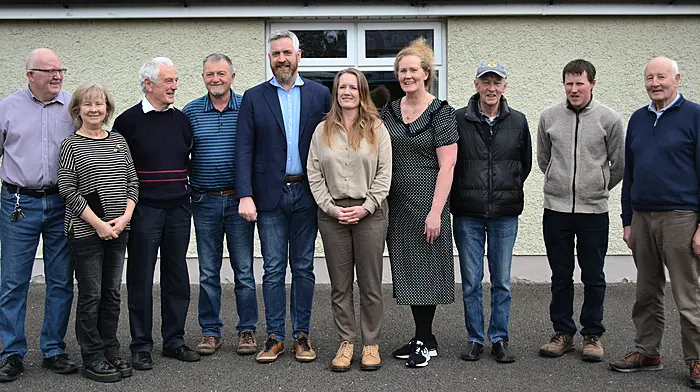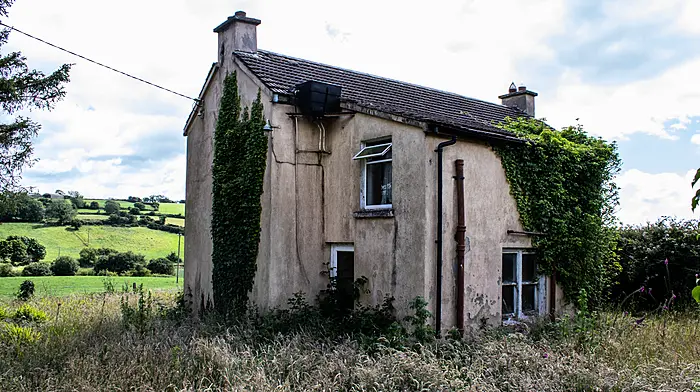THE sight of two of the main players in Ireland’s impending energy crisis at odds with each other in public does not instil much confidence in the consumer.
On Tuesday of this week, most of the most significant characters in the Irish electricity generation industry were before an Oireachtas committee on energy.
The joint committee on environment and climate action was tasked to discuss energy security with the Minister for Environment, Climate and Communications and Transport, Eamon Ryan, among those answering questions for the televised discussion.
The committee comprises 14 members, nine from the Dáil and five from the Seanad.
But watching some of these often fascinating committees at work, it regularly appears that many of those participating have forgotten that the whole country could potentially be watching them.
Maybe it’s the austere surroundings of the committee rooms in Leinster House, the sombre atmosphere which these often-heated discussions generate, or the prospect of aggressive interrogation by a possibly hostile public representative, that allows the speakers to forget the many cameras focused on the scene.
But forget they often do, and the results can lead to some of the most fascinating debates on television. This week’s meeting, kicking off at noon in Committee Room 3 of Leinster House, heard from representatives of Eirgrid and the Commission for Regulation of Utilities (CRU).
You would have to have been living inside a large energy-less cave not to know that the country’s several mega-sized data centres – and more coming down the tracks – have long been painted as the villains of our energy crisis drama.
So when Eirgrid chief executive Mark Foley told the committee that electricity demand was not an issue – ie the demands by big users like data centres – then it was bound to raise a few eyebrows around the room.
One of those sets of eyebrows appeared to belong to Aoife McEvilly, the Commissioner for the Regulation of Utilities, who disagreed, adding that, yes, the recent increase and projected further increase in demand is indeed an issue.
And she even went so far as to say that Eirgrid themselves had informed the Commission that data centre demand was becoming an issue.
Minister Ryan appeared to toe the line with the Eirgrid boss’s summation of reasons for the crisis – the cost, and not demand, was the issue, he suggested.
Again the war in Ukraine was being blamed for the situation that now sees Ireland facing blackouts this winter, if conditions don’t improve.
And yet we all remember the same debate this time last year about possible blackouts due to concerns about the ability of Ireland’s network to meet increasing demand – and that was six months before any war in Ukraine.
There seems to be a willingness by certain members of both industry and government to take any semblance of blame away from data centres when it comes to the stress on the electricity network.
And yet earlier this year EirGrid itself estimated that by 2028, data centres could account for 29% of energy demand in Ireland.
At the same time it was widely reported that data centres in Ireland are now consuming more electricity than all the rural homes in the country put together.
But on Tuesday it seemed that data centres were the new ‘elephant in the room’ that the captains of politics and industry dare not look in the eye.
But ignoring the elephant in the room is a strategy that can only last so long. The elephant will eventually make its presence known.








